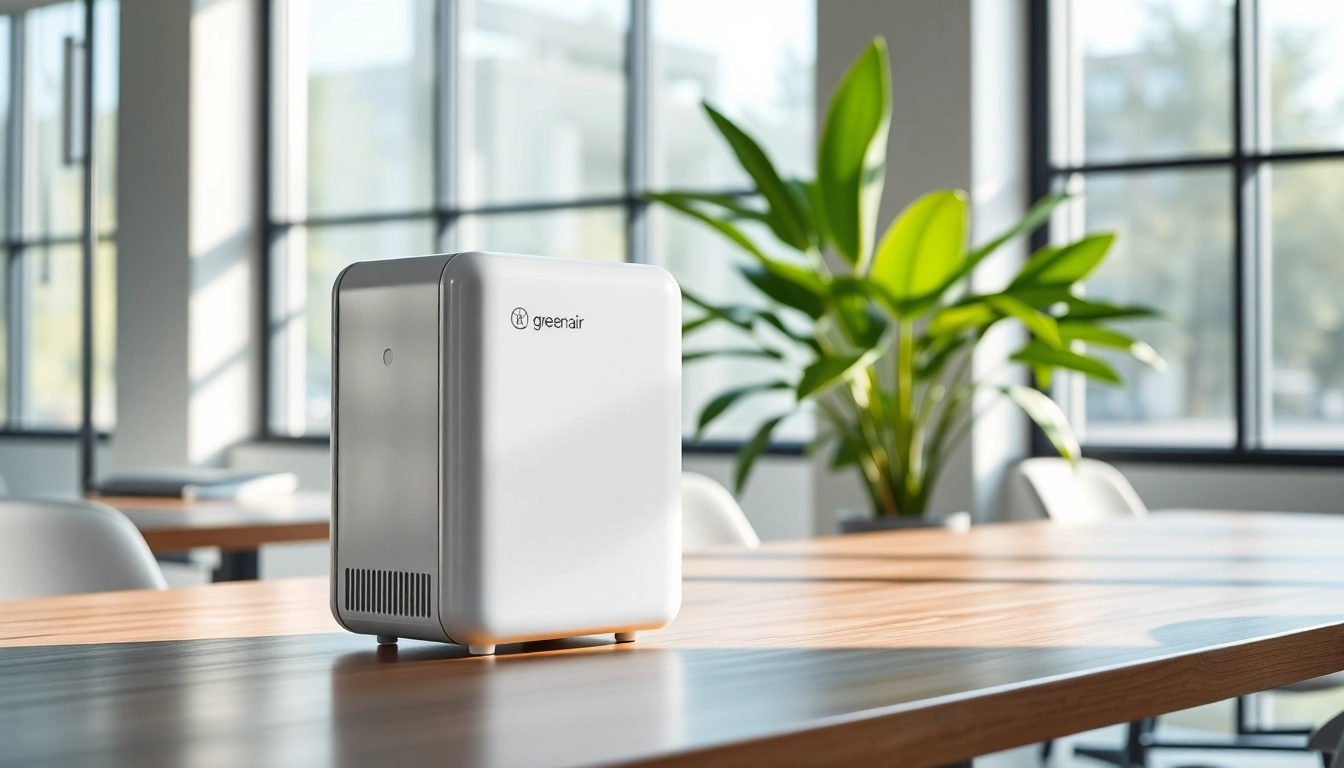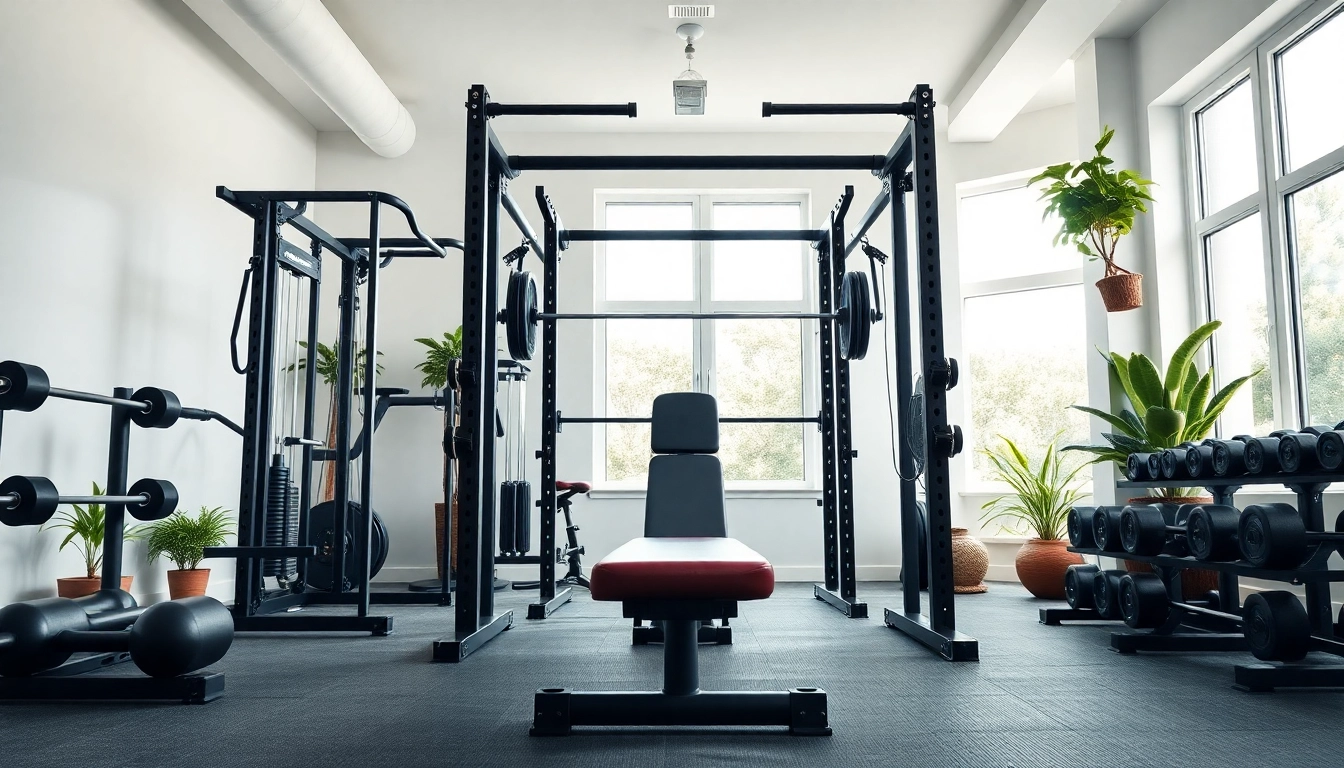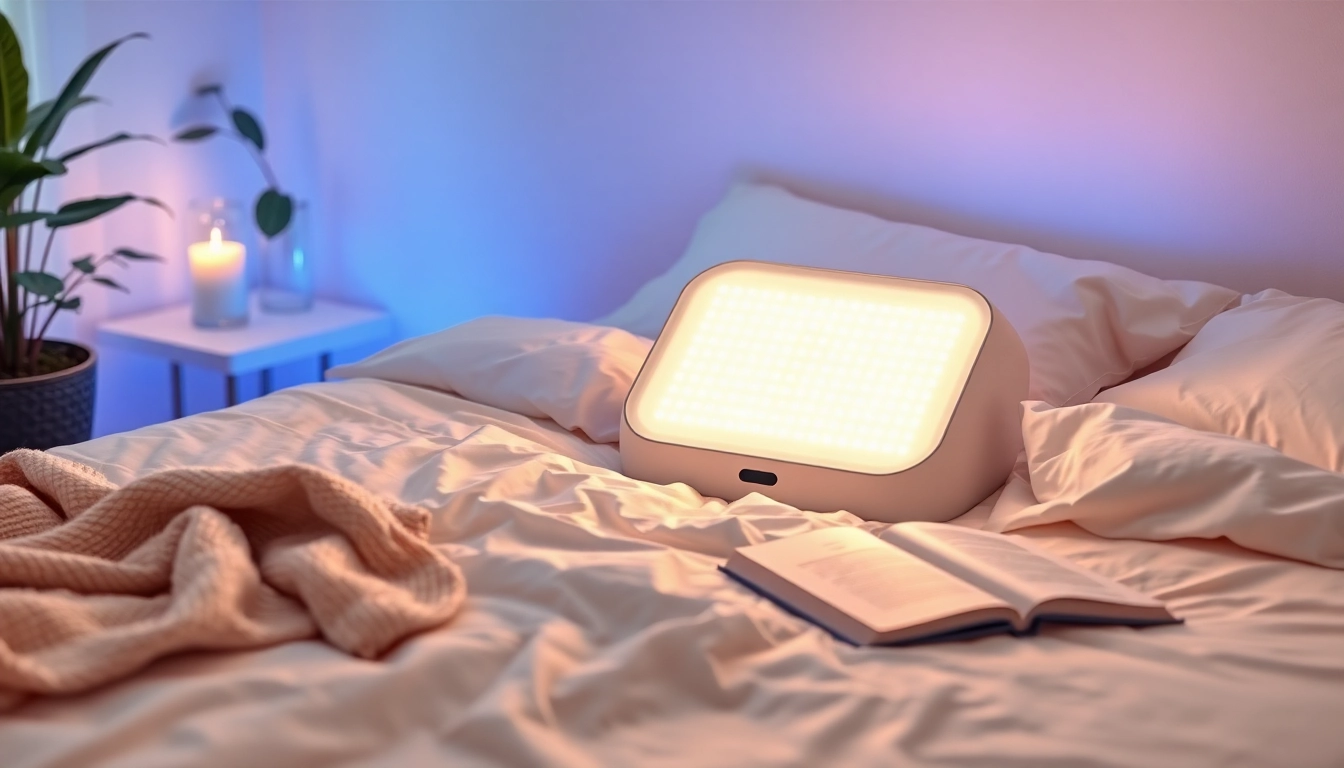Understanding the Importance of Indoor Air Quality
Indoor air quality (IAQ) is a significant aspect of our day-to-day lives, influencing both our health and well-being. Recent studies have illuminated a growing concern about the air we breathe within our homes and workplaces. Many individuals spend upwards of 90% of their time indoors, making it crucial to consider the quality of the air in these spaces. Proper ventilation, clean air, and the right equipment are essential in promoting a safe and healthy indoor environment. Not only can poor air quality lead to respiratory issues, allergies, and other health problems, but it can also affect our productivity and overall comfort. That’s where innovative solutions like Greenair come into play, offering products designed to enhance the quality of indoor air.
Why Indoor Air Quality Matters
The significance of indoor air quality cannot be overstated. Poor IAQ is linked to numerous health risks, including asthma, allergies, and other respiratory diseases. Factors contributing to poor air quality include biological pollutants like mold and dust mites, chemical pollutants from household cleaning agents, and even carbon dioxide from human respiration. These elements can lead to “sick building syndrome,” where occupants experience various health issues related to time spent indoors. In contrast, good indoor air quality can improve physical health, enhance mood, increase productivity, and lead to better sleep. Consequently, investing time and resources in monitoring and improving IAQ is not merely a recommendation; it’s essential for maintaining a healthy lifestyle.
Common Air Pollutants and Their Effects
Numerous air pollutants can affect indoor environments, some of which may be found in standard household items. Here are a few common air pollutants and their potential effects:
- Volatile Organic Compounds (VOCs): Found in paints, cleaners, and air fresheners, VOCs can cause headaches, dizziness, and respiratory irritation.
- Particulate Matter (PM): Dust, smoke, and pollen contribute to PM levels that can irritate the lungs and exacerbate asthma or other lung diseases.
- Carbon Dioxide (CO2): Higher levels of CO2 from poor ventilation can lead to decreased concentration and fatigue.
- Mold: Common in damp areas, mold can trigger allergies and respiratory problems.
- Dust Mites: These microscopic creatures thrive in bedding and upholstery and are a leading cause of allergies.
The Role of Air Purifiers
Air purifiers can significantly mitigate the impact of indoor air pollutants. These devices work by filtering and removing harmful particles from the air, including allergens, dust, smoke, and even certain pathogens. Depending on the technology used, air purifiers may utilize HEPA filters, activated carbon, or UV light to effectively cleanse indoor air. Investing in a high-quality air purifier could lead to noticeable improvements in health and comfort, making it a valuable addition to any home or workplace. This is particularly true in environments prone to high levels of pollutants, such as urban areas or homes with pets.
How Greenair Products Improve Air Quality
Greenair has positioned itself as a leader in the air purification market, offering a wide range of products designed to cater to different needs. With a commitment to enhancing indoor air quality, Greenair products stand out due to their advanced technologies and user-friendly designs.
Key Features of Greenair Devices
Greenair products come equipped with a variety of features that not only enhance their effectiveness but also make them convenient to use. Some noteworthy features include:
- Multi-Stage Filtration: Many Greenair devices incorporate HEPA and activated carbon filters, allowing them to trap particles and odors efficiently.
- Smart Sensors: Advanced models include sensors that detect air quality in real-time, automatically adjusting the purification process as needed.
- Quiet Operation: Designed to be used in homes or offices, Greenair devices operate quietly, ensuring they don’t disrupt daily activities.
- Portability: Many Greenair products are compact and lightweight, making them easy to move between rooms or even take on the go.
- Ease of Maintenance: Most devices include filter change indicators and user-friendly designs that simplify the maintenance process.
Technology Behind Greenair Solutions
The technology incorporated within Greenair products is crucial to their efficacy. Utilizing state-of-the-art filtration and purification methods, these devices are engineered to provide the cleanest air possible. Key technologies include:
- HEPA Filtration: The High-Efficiency Particulate Air (HEPA) filters trap 99.97% of particles measuring 0.3 microns or larger, ensuring that even the smallest allergens are removed from the air.
- Activated Carbon: This technology absorbs odors and volatile organic compounds (VOCs), significantly improving the air quality and making it more pleasant.
- Ionization: Many Greenair devices utilize ionization techniques, which charge particles in the air, causing them to clump together and fall from the air or be captured by the filters.
User Experiences and Reviews
The effectiveness of Greenair products is frequently highlighted in user reviews, with many customers reporting significant improvements in their indoor air quality. Positive feedback often emphasizes the noticeable reduction of allergens, improved breathing for allergy sufferers, and the ability to enjoy a fresh-smelling home. Additionally, users appreciate the aesthetic design of Greenair devices, allowing them to blend seamlessly into various home decors. Many users also note that the whisper-quiet operation makes these products suitable for use during the night without disturbing sleep.
Choosing the Right Greenair Product for Your Needs
When selecting a Greenair product, it’s essential to assess your individual air quality needs. With multiple options available, understanding your requirements will help ensure that you pick the most suitable device for your environment.
Identifying Your Air Quality Requirements
The first step in choosing the right air purifier is evaluating the current air quality in your home or workplace. Consider factors such as:
- Presence of Allergens: Do you or your family members suffer from allergies? If so, look for units that emphasize HEPA filtration.
- Size of the Area: Assess the square footage of the space you want to purify. Greenair offers different models suitable for various room sizes.
- Specific Concerns: If odor removal is critical, consider devices that include activated carbon filters specifically designed for this purpose.
Comparing Different Models of Greenair
Once you understand your needs, start comparing different Greenair models. Look for specifications such as CADR (Clean Air Delivery Rate), filter life, and operating noise level. Reading product descriptions and customer reviews can also provide valuable insight into which features are most beneficial for your specific context. Some models may also offer additional functionalities, such as air quality monitors or essential oil diffusion, enhancing the device’s versatility.
Tips for Effective Usage
To maximize the effectiveness of your Greenair product, follow these best practices:
- Proper Placement: Position air purifiers in areas with high levels of pollutants — near sources of dust, smoke, or strong odors.
- Regular Filter Maintenance: Ensure that filters are changed according to the manufacturer’s recommendations to maintain optimal air quality.
- Close Windows and Doors: For air purifiers to function effectively, minimize outside air ingress during operation.
Maintaining and Caring for Your Greenair Device
Regular maintenance is key to ensuring that your Greenair device remains efficient and functional over time. Effective care prolongs the lifespan of your air purifier while maintaining optimal performance.
Regular Maintenance Tips
Proper maintenance of your air purifier involves several basic practices:
- Clean the Outer Shell: Regularly wipe down the exterior to remove dust and debris, ensuring airflow is not obstructed.
- Check Filters: Monitor filter indicators regularly and replace filters as recommended. Failure to replace filters in a timely manner can lead to reduced efficiency.
- Inspect for Blockages: Ensure that air intake and outlets are free from obstructions or blockages, allowing the device to function at its best.
Common Issues and Troubleshooting
Even the best devices might face occasional issues. Common problems include:
- Noisy Operation: If your unit becomes louder than normal, check for blockages in the fan area or consider if it needs a filter change.
- Weak Airflow: This may indicate a clogged filter, which should be replaced immediately to restore air purification efficiency.
- Indicator Lights: Familiarize yourself with what each light on your device signifies – many devices have indicators for filter changes or air quality monitoring.
Extending the Lifespan of Your Air Purifier
Understanding how to extend the lifespan of your Greenair device can save you time and money in the long run:
- Avoid Overworking the Device: Ensure that you select a model suitable for your environment to prevent strain on the system.
- Keep It Clean: Avoid placing the device on dirty surfaces to prevent additional contaminants from entering.
- Regular Servicing: If applicable, follow suggested servicing schedules to keep the device functioning brilliantly.
Future Trends in Air Purification Technology
The landscape of air purification is ever-evolving, characterized by rapid advancements in technology and a growing emphasis on sustainability. Understanding these trends allows us to anticipate the future of indoor air quality solutions.
Emerging Technologies in Air Quality Management
Recent developments in air quality management focus on creating smarter, more effective purification solutions. Innovations include:
- Internet of Things (IoT): Smart home integration allows air purifiers to connect with other devices, providing users with real-time feedback on indoor air quality.
- Advanced Filtration Systems: New filtration technologies are capable of eliminating a broader range of airborne pathogens and pollutants.
- UV-C Technology: Utilizing UV light to kill bacteria and viruses, this technology is becoming more prevalent in consumer-grade air purifiers.
Sustainability and Environmental Impact
As awareness of environmental issues grows, manufacturers are increasingly focusing on sustainability in product design. This includes energy-efficient devices, recyclable materials, and reduced emissions during production. Choosing an eco-friendly air purifier can not only improve indoor air quality but also align with broader efforts towards environmental conservation.
The Future of Greenair and Indoor Air Quality Solutions
The future of indoor air quality depends on continuous innovation and commitment to health and wellness. Brands like Greenair are at the forefront of this evolution, promising to deliver increasingly efficient, sustainable, and user-centric solutions designed to tackle the growing challenges associated with indoor air quality. Regardless of changing technologies, the core mission remains the same: to ensure every home and workplace can enjoy clean, fresh, and healthy air.














Leave a Reply